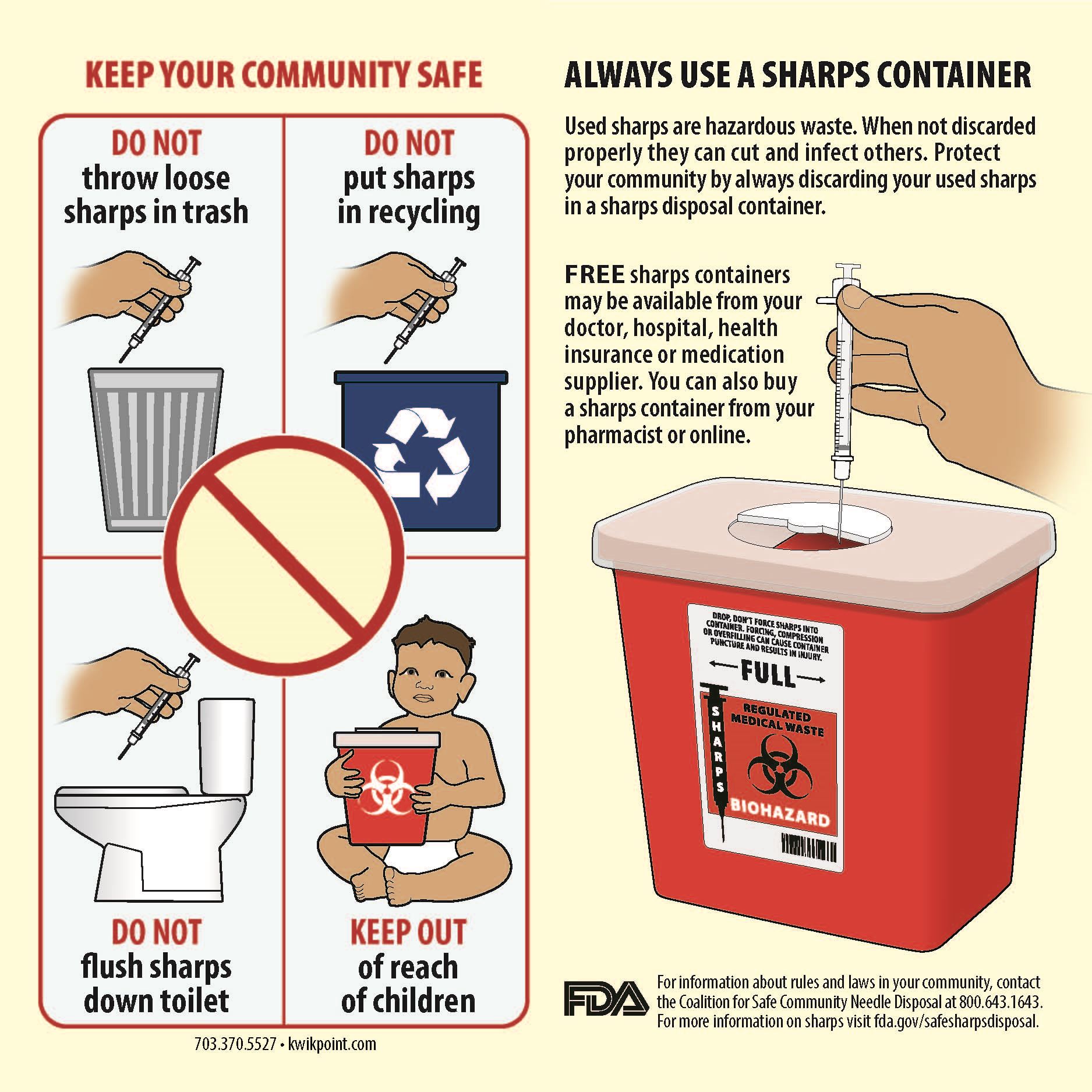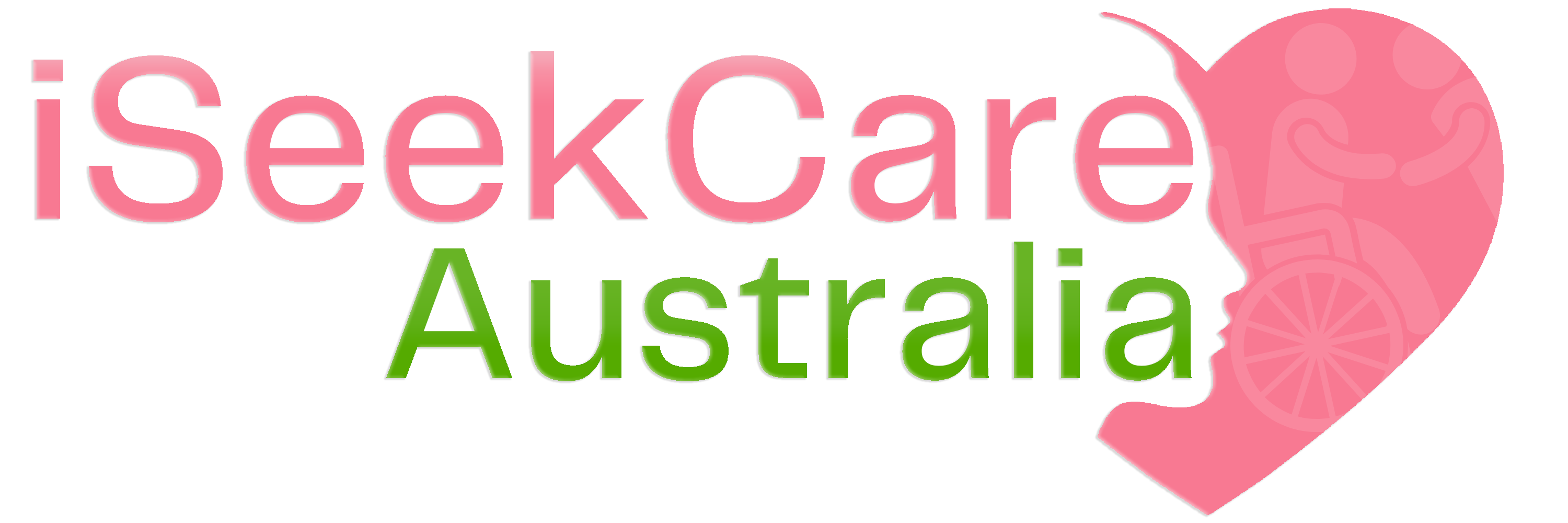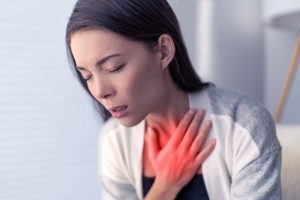Understanding the Risks of Improper Needle Disposal: Protecting Public Health and the Environment
Proper disposal of needles is crucial for protecting public health and the environment. Improper disposal can lead to serious risks, including needlestick injuries, the spread of infections, and harm to wildlife. In this blog post, we will explore the importance of proper needle disposal and provide tips on how to safely dispose of needles.

Needlestick Injuries:
Improperly disposed needles pose a significant risk of needlestick injuries, which can result in the transmission of infectious diseases such as HIV and hepatitis. These injuries can occur when individuals come into contact with discarded needles in public spaces or when waste management workers handle improperly disposed sharps.
Spread of Infections by Improper Needles Disposal:
When needles are not properly disposed of, there is a risk of spreading infections to others. Contaminated needles can carry bacteria and viruses that can be transmitted through needlestick injuries or contact with contaminated surfaces. Proper disposal is essential for preventing the spread of infections.
Harm to Wildlife:
Improperly disposed needles can also harm wildlife. Needles that are thrown away in parks, beaches, or other natural areas can injure animals that come into contact with them. Wildlife may accidentally ingest needles or become entangled in them, leading to serious injuries or death.
Environmental Impact from Improper Disposal:
In addition to harming wildlife, improperly disposed needles can have a negative impact on the environment. Needles that end up in landfills can leach harmful chemicals into the soil and water supply, posing a threat to ecosystems and human health. Proper disposal methods help minimise these environmental risks.
Safe Disposal Tips:
To protect public health and the environment, it is important to follow safe needle disposal practices. Always use puncture-proof containers designed for sharps disposal when disposing of used needles. Never throw loose needles in the trash or recycling bin. Instead, take them to a designated drop-off location such as a pharmacy or healthcare facility.
Conclusion:
Proper needle disposal is essential for protecting public health and the environment. By understanding the risks associated with improper needle disposal and following safe disposal practices, we can help prevent needlestick injuries, limit the spread of infections, protect wildlife, and reduce environmental harm. Remember to always dispose of used needles safely using puncture-proof containers and designated drop-off locations to ensure the well-being of our communities and ecosystems.



